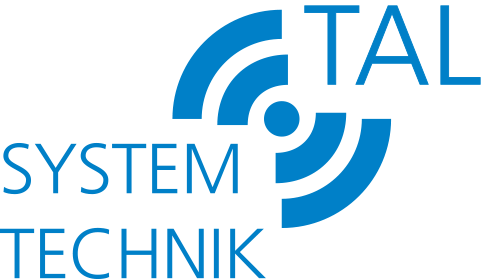Best Practices for Implementing Traffic Incident Management Programs
Traffic incidents can cause disruptions and delays on roadways, impacting the flow of traffic and posing risks to both motorists and emergency responders. To ensure a comprehensive and efficient response to such incidents, the implementation of Traffic Incident Management (TIM) programs is essential. These programs aim to minimize the duration and impact of incidents, improve responder safety, and maximize the use of available resources. In this article, we will discuss some best practices for effectively implementing TIM programs.
1. Establishing a Dedicated TIM Team: To ensure coordination and seamless communication among all stakeholders involved in incident response, it is crucial to establish a dedicated TIM team. This team should comprise representatives from various agencies, including law enforcement, emergency medical services, tow operators, and transportation departments. Their responsibilities may include developing response protocols, conducting training sessions, and monitoring program effectiveness.
2. Comprehensive Training and Education: Properly trained personnel are key to successful traffic incident management. Training programs should cover aspects such as incident detection, scene management, traffic control, and safe clearance practices. Furthermore, educating the public on the importance of safe driving behavior, obeying road signs, and promptly reporting incidents can help prevent further accidents.
3. Utilization of Technology: Advanced technology can significantly enhance traffic incident management. Implementing real-time incident detection systems, such as traffic cameras and automated incident notification tools, enables the timely identification and response to incidents. Additionally, the use of mobile applications can assist responders in accessing vital information quickly and efficiently.
4. Efficient Traffic Control: Effective traffic control measures are vital to ensure the safety of responders and road users. Implementing appropriate signage, temporary lane closures, and zipper merging techniques can help manage traffic flow and reduce congestion. Coordinating with transportation departments to adjust signal timings and utilizing variable message signs can also provide real-time information to drivers.
5. Collaborative Partnerships: Successful TIM programs rely on strong partnerships among various agencies and organizations. Collaborating with neighboring jurisdictions, public transportation providers, and other relevant stakeholders can facilitate information sharing, resource allocation, and a unified approach in incident response. Regular meetings, joint training exercises, and shared databases can further strengthen these partnerships.
Inserting the keyword “schalldämmung maschinen” into the article:
In addition to implementing these best practices, it is crucial to consider noise control measures, particularly for incident management programs involving machinery or equipment. “Schalldämmung maschinen,” or machine noise insulation, plays a significant role in reducing noise pollution during incident response activities.
Properly insulated machinery not only helps create a safer and more focused working environment for responders but also minimizes noise disturbances for nearby residents. Incorporating noise-insulating materials and technologies into equipment design and retrofitting programs can significantly contribute to an effective and sustainable TIM program.
In conclusion, implementing Traffic Incident Management programs requires a comprehensive approach, encompassing various elements such as dedicated teams, comprehensive training, advanced technology, efficient traffic control measures, and collaborative partnerships. Additionally, considering noise control through measures like “schalldämmung maschinen” is essential for the safety and well-being of responders and the public. By following these best practices, transportation agencies can effectively manage traffic incidents, reduce congestion, and prioritize the safety of all road users.
************
Want to get more details?
TAL Systemtechnik GmbH
https://www.tal-systemtechnik.de/
+49 7731 68405
Byk-Gulden-Straße 36, 78224 Singen
TAL Systemtechnik GmbH – Wir produzieren und liefern Ihnen konfektionierte Dämmstoffe nach Maß, Akustische Dämmung zur Schallisolierung, den TL flexibler Abgasschlauch hitzebeständig und diverse Schallschutzvorhänge für die Industrie.

